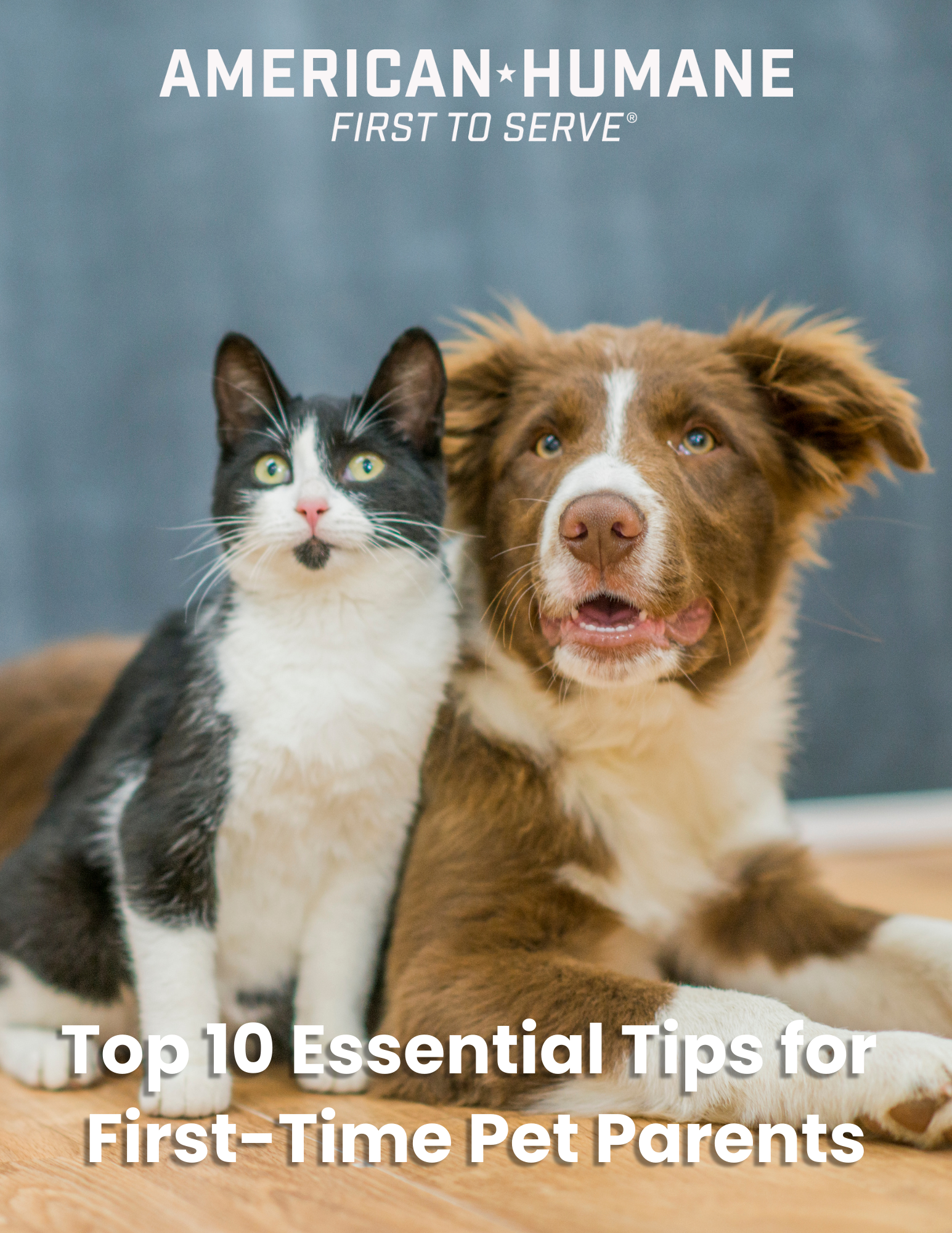Grooming is an important part of caring for your pet and keeping him or her healthy. Both cats and dogs need regular brushing, and animals with longer hair (e.g., , poodles, Yorkshire terriers) require frequent trips to a professional groomer. Fur that becomes matted can cause serious health issues for your pet. Dirt and oils can accumulate under mats and cause painful skin infections, and the mats themselves can be painful as they pull and stretch the skin underneath. Severe matting can even affect your pet’s ability to see, walk and eat normally.
Long- and medium-haired pets generally require daily brushing. Short-haired pets should usually be brushed once or twice per week. The frequency of professional grooming and haircuts varies depending on your dog’s breed. Consult your groomer or veterinarian for a recommendation.
All dogs also require regular bathing to keep their skin and hair coat clean and healthy. The frequency of bathing depends on your dog’s lifestyle, breed and coat type. Ask your veterinarian to recommend the best bathing regimen for your dog. Also, always use a shampoo specifically formulated for dogs. Many human shampoos can be too harsh for your dog’s skin. If your dog has itchy, red, dry, flaky or oily skin, you should consult your veterinarian.
Since cats groom themselves, they generally do not need to be bathed, unless they have fleas or a medical condition that warrants it. Before bathing your cat, always consult your veterinarian.
Pets also require regular nail trims. For dogs and cats, long nails can become painful and interfere with their ability to walk. Keeping nails short also helps you protect your floors and furniture from being scratched and your clothes from being snagged. Here’s what you need to know to groom your pet’s nails.
DOGS
Before you clip
- Get your pet used to having his paws handled. This is more easily done if you start when the dog is still a puppy, but with patience you can also train most older dogs.
- Begin by speaking softly as you massage each paw, gently separating the toes.
- Your pet may instinctively pull away. If this happens, repeat whatever it was your dog didn’t like, but do it more slowly and gently until he begins to accept it.
- When you think your pet is ready, cut one or two nails.
- Have a treat ready for positive reinforcement.
- For dogs that are nervous or resistant to handling, try having someone assist you with holding your dog still and gently petting and reassuring him.
- Dogs that are unruly or that try to bite should be taken to a groomer or veterinarian for nail trimming in order to prevent injury to both you and the dog.
CATS
Before you clip
- Most cats do not like to be restrained so it is best to accustom them to being handled while they are still kittens. But if you have adopted an adult cat don’t despair!
- Try the “less is best” approach first when it comes to restraint. Try clipping your cat’s nails while he is napping or snuggling on your lap. Be sure to pet him and reassure him after each nail.
- Give treats for positive reinforcement
- If possible, have a friend or family member hold and pet your cat while you are trimming his nails.
- If necessary, wrap you kitty in a towel to prevent him from scratching you during nail trimming.
- Cats that are unruly or that try to bite should be taken to a groomer or veterinarian for nail trimming in order to prevent injury to both you and the cat.
HOW TO CLIP NAILS FOR DOGS AND CATS
- Use an appropriate pet nail trimmer. These are available at any pet supply store and come in a variety of styles and sizes for both dogs and cats. If you are unsure which one to use, ask your veterinarian or groomer for a recommendation.
- Hold the paw in your hand and locate the pinkish part of the nail. This is a blood vessel, often called the “quick,” and should be avoided. The nail should be clipped slightly above this area.
- If you cannot see the pinkish part, just clip the very tip of the nail.
- Always have a clotting agent on hand in case you accidently cut below the quick and cause bleeding. This is usually in the form of a powder is available at any pet supply store.
- Most pets should have their nails trimmed every 2 to 3 weeks. Some dogs that are frequently walked on paved areas will continuously wear down their nails and may need less frequent trimming.
- If you are unsure about the process, consult your veterinarian or groomer.

